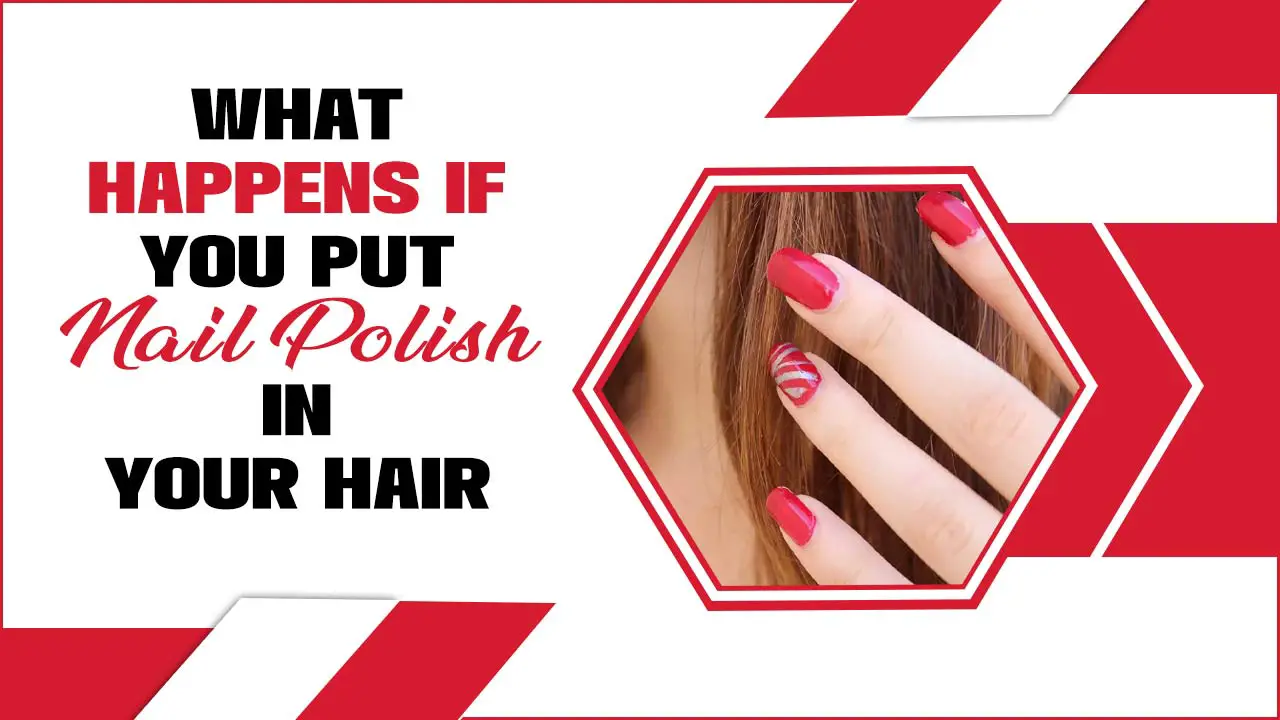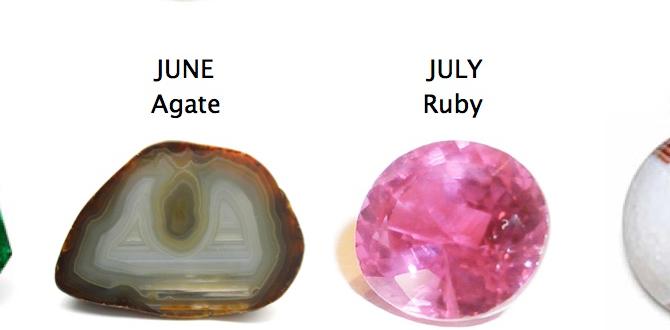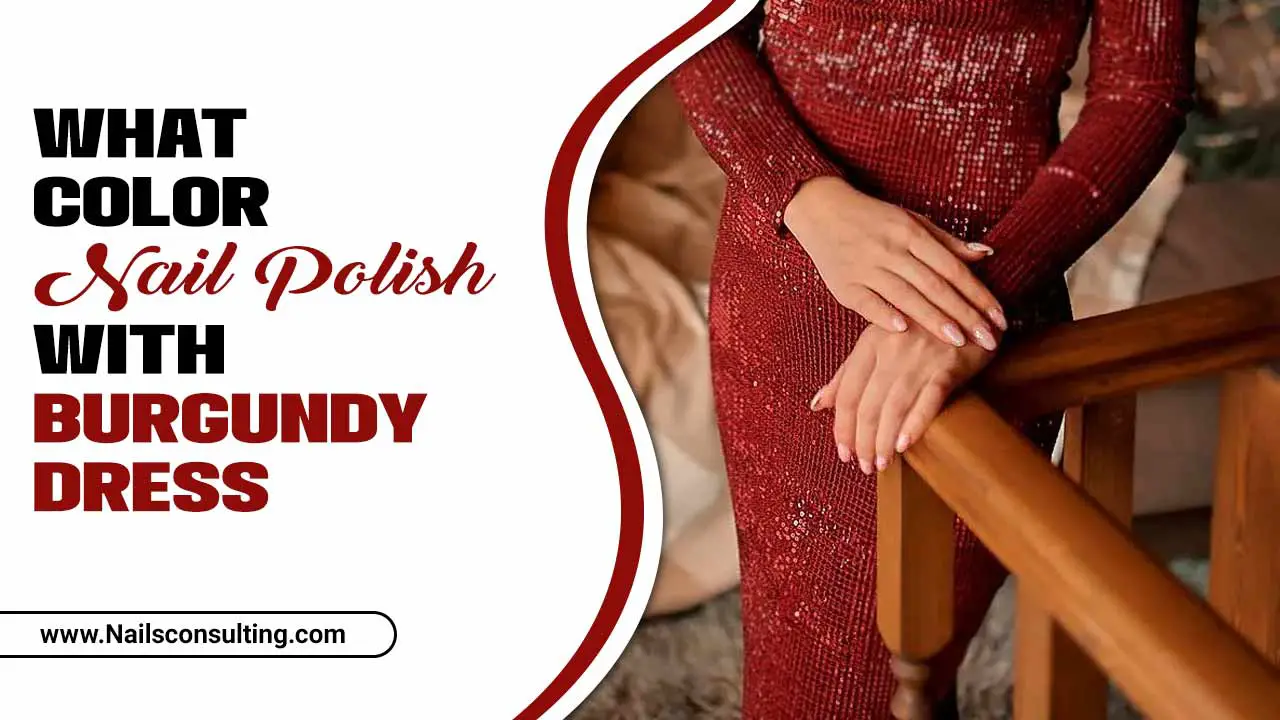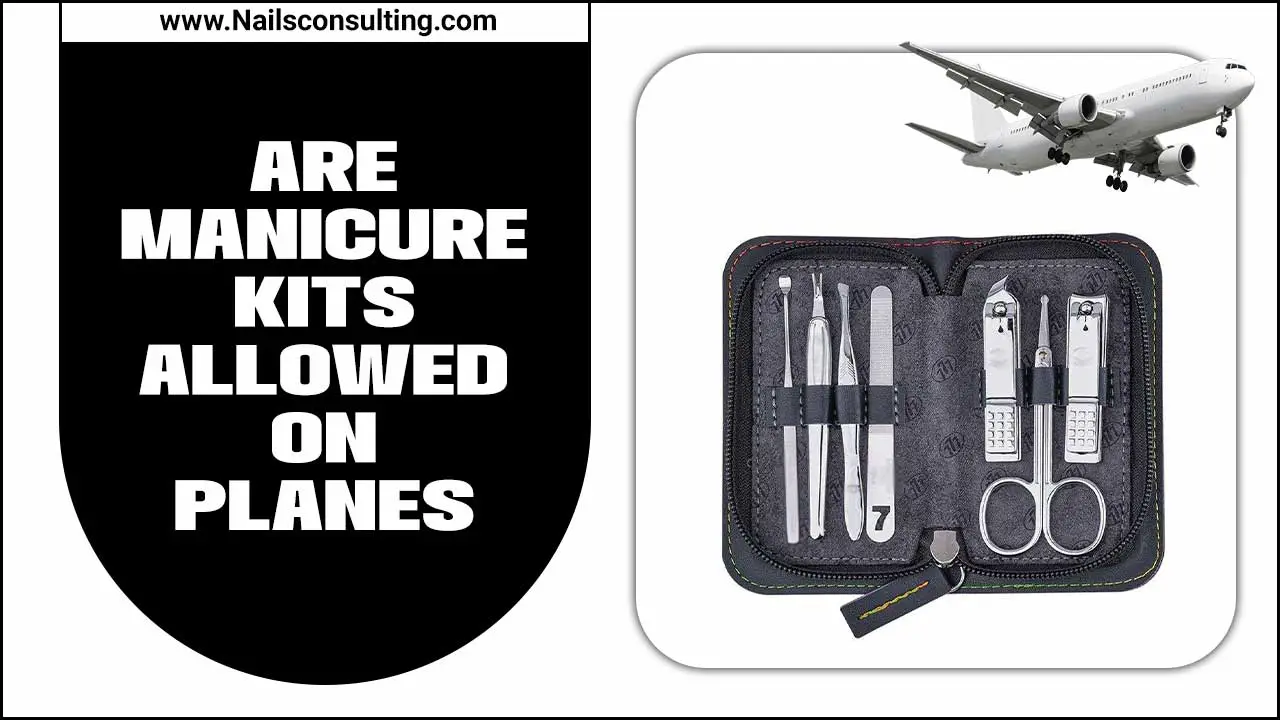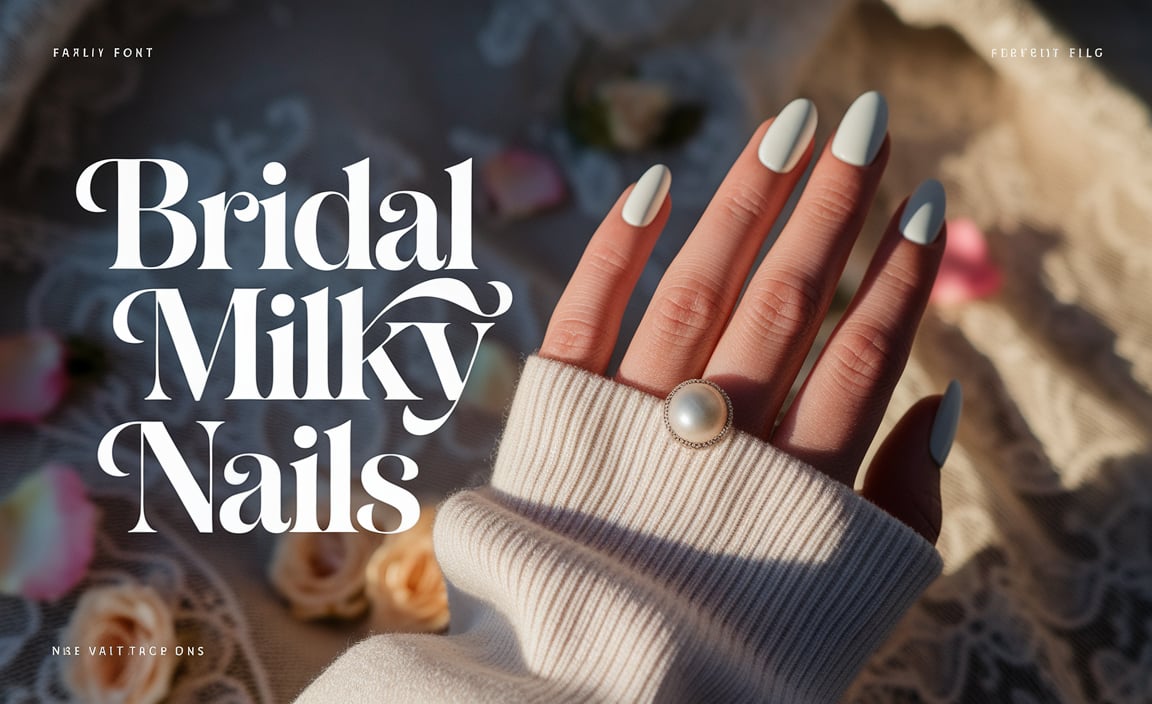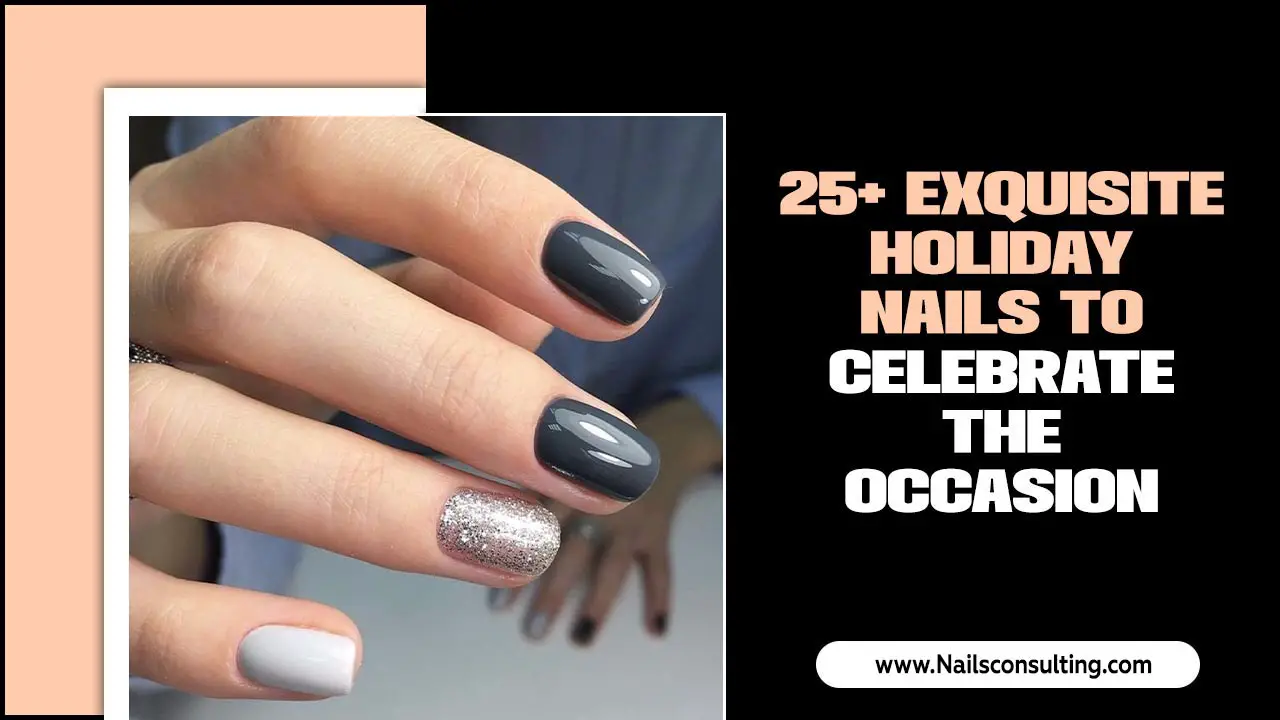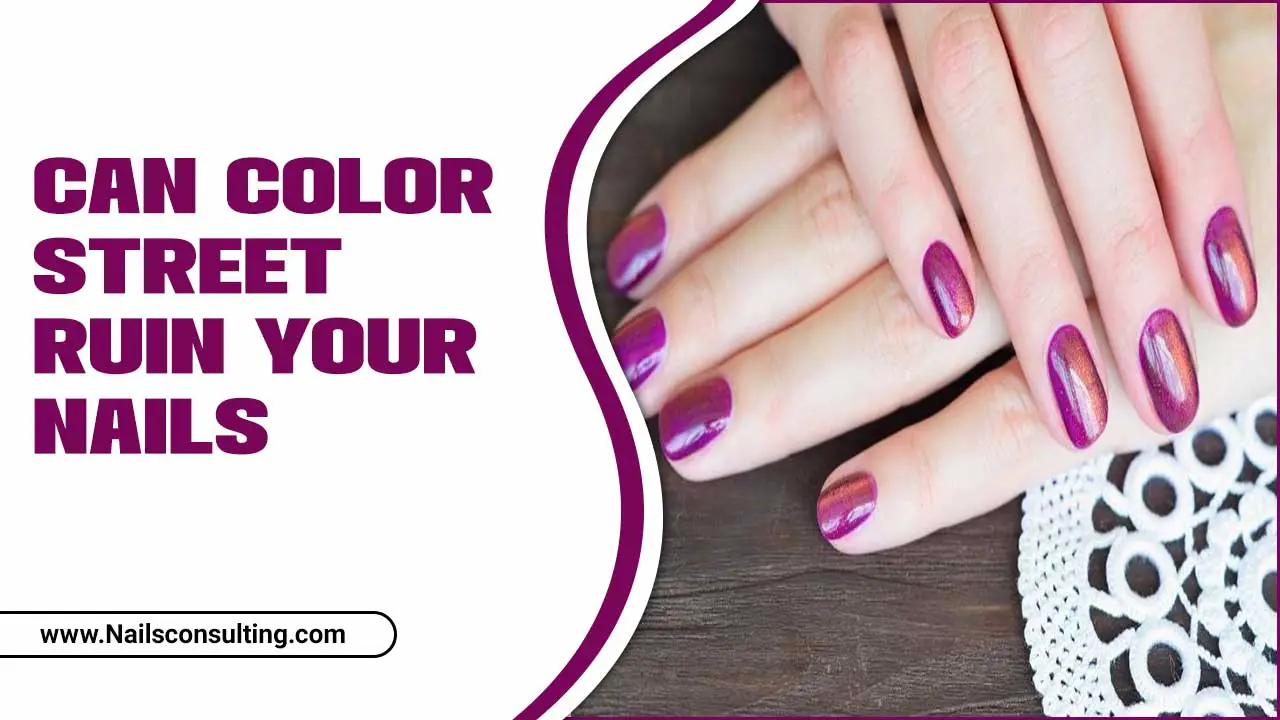Wave nail art offers a chic, fluid way to add style to your manicure. From simple wavy lines to intricate ocean-inspired designs, these looks are surprisingly easy to create at home. Get ready to dive into amazing wave nail art ideas that will make your fingertips fashion-forward!
Dreaming of nails that shimmer with a fluid, stylish vibe? Wave nail art is the perfect way to bring a touch of artistry and movement to your fingertips. Maybe you’ve seen stunning watery designs online and thought, “I could never do that!” Many people feel that way, but the truth is, creating gorgeous wave effects is totally achievable, even if you’re just starting out. Gone are the days of complicated, time-consuming manicures you can only get at a salon. We’re here to show you how simple and fun it can be to master this trend. Get ready to unleash your inner nail artist and create some truly stunning looks. We’ll cover everything from the basics to some truly genius designs you’ll want to try immediately!
What is Wave Nail Art?
Wave nail art is a manicure style that mimics the appearance of ocean waves, water currents, or flowing lines. It typically involves using contrasting colors and curved lines to create a sense of movement and depth on the nails. The beauty of wave nail art lies in its versatility; it can be as minimalist and subtle as a single wavy line or as bold and detailed as a full ocean scene.
Why You’ll Love Wave Nail Art
There are so many reasons why wave nail art is a must-try trend. It’s a fantastic way to express creativity and add a unique touch to your personal style. Whether you’re heading to the beach, a summer party, or just want to add a bit of fun to your everyday look, wave nails deliver. Plus, many wave designs are surprisingly easy to create yourself, making them a budget-friendly option compared to salon manicures.
- Versatile Designs: From simple to complex, there’s a wave design for everyone.
- Creative Expression: It’s a fun way to show off your personality.
- Easy DIY: Many styles are beginner-friendly and can be done at home.
- Trendy & Chic: Wave patterns are always in style and very eye-catching.
- Budget-Friendly: Save money by doing it yourself for a fraction of the salon cost.
Let’s dive into how you can start creating these fabulous looks!
Getting Started with Wave Nail Art: The Essentials
Before you start painting, gather your supplies. Having the right tools makes all the difference, especially for beginners. You don’t need a professional kit to create beautiful wave art.
Must-Have Tools for Wave Nail Art
- Base Coat: Protects your nails and helps polish adhere better.
- Top Coat: Seals your design and adds shine, making your manicure last longer.
- Nail Polish in Assorted Colors: Choose colors that complement each other. Think blues, whites, greens for ocean vibes, or pastels for a softer look.
- Thin Nail Art Brush or Dotting Tool: For drawing precise lines and details. A fine-tip liner brush is perfect for creating those wavy strokes.
- Toothpick or Orange Stick: Useful for cleaning up mistakes or blending colors.
- Nail Polish Remover: For quick cleanup.
- Cotton Swabs: For precise cleanup around the cuticles.
For a more professional finish, consider investing in a good quality nail polish set. Knowing how to properly store your nail polishes can keep them in good condition for longer. For instance, keeping them upright and away from direct sunlight prevents them from drying out or becoming clumpy.
Basic Nail Prep for a Flawless Finish
A little prep goes a long way for any nail art. Clean, smooth nails will make your wave designs pop and last longer. Here’s a quick guide:
- Clean Your Nails: Remove any old polish and wash your hands.
- Shape Your Nails: File them into your desired shape (square, round, oval).
- Push Back Cuticles: Gently push back your cuticles using an orange stick.
- Apply Base Coat: This step is crucial for preventing staining and helping your polish adhere to the nail. Let it dry completely.
Now you’re ready to create some amazing wave designs!
Beginner-Friendly Wave Nail Art Designs
You don’t need to be a nail pro to achieve stunning wave looks. These designs are perfect for beginners and require minimal technique. Start with these to build your confidence!
1. The Simple Wavy Line
This is the easiest way to get a wave effect. You’ll mostly be using one or two colors to create a gentle, flowing line across your nail.
How to Create:
- Apply your base coat and let it dry.
- Paint your nails with your chosen background color (e.g., a light blue, white, or nude). Let it dry completely.
- Using a fine-tip nail art brush, dip it into a contrasting color (e.g., white for a blue background, or navy for a lighter blue).
- Gently draw a wavy line across your nail. You can make it run horizontally, diagonally, or even vertically.
- For a more dynamic look, add a second wavy line in a slightly different shade, or a thinner line in the same color, following the first.
- Let it dry, then finish with a top coat.
Pro Tip: If your hand isn’t steady, practice drawing wavy lines on a piece of paper first. You can also use a striping tape to create a guide before painting. Carefully peel off the tape while the polish is still slightly wet.
2. Two-Tone Ocean Waves
This design uses two shades of blue to create a simple yet effective depiction of ocean waves. It’s a classic for a reason!
How to Create:
- Start with a base coat.
- Paint your nails a light blue or sandy beige color. Let it dry.
- With your thin brush and a slightly darker blue polish, draw a wavy line across the nail, creating a “wave crest.” Don’t make it too thick.
- Using an even darker blue or navy, draw another wavy line just below the first one, creating the effect of depth.
- You can add a small touch of white at the very top of some waves to mimic foam, using the tip of your brush or a toothpick.
- Seal with a top coat once completely dry.
3. Gradient Ocean Waves
A beautiful way to capture the depth of the ocean, this design uses a gradient effect to blend different shades of blue and green.
How to Create:
- Apply base coat and let dry.
- Apply a light blue polish as your base. Let it dry.
- For the gradient, you can use a makeup sponge or a special gradient tool. Apply light blue, turquoise, and maybe a hint of seafoam green onto the sponge in stripes.
- Gently dab the sponge onto your nail, blending the colors upwards or downwards to create a smooth transition.
- Once the gradient is dry, use your thin brush and white polish to add subtle wavy lines on top, mimicking gentle sea foam or ripples.
- Seal with a top coat.
External Resource: For more on color theory and how to best blend shades for stunning gradients, check out this guide from Color Wheel Artist. Understanding color mixing can help you create more dynamic and realistic gradients for your nail art.
Intermediate Wave Nail Art Designs
Ready to step up your wave game? These designs add a bit more detail and creativity, bringing your nail art to life.
4. Abstract Wavy Swirls
This design is all about artistic freedom. Instead of literal waves, you’re creating flowing, abstract lines that suggest movement and rhythm.
How to Create:
- Start with a clean, prepped nail and a base coat.
- Paint your nails with a neutral color like nude, white, or a soft pastel. Let it dry.
- Select 2-3 complementary colors (e.g., pink, coral, and white; or gold, white, and black).
- Using your thin brush, loosely paint abstract wavy lines and swirls across the nail. Don’t overthink it – the goal is a free-flowing, artistic look. Overlap colors slightly for depth.
- You can add small dots or tiny lines for extra detail.
- Finish with a clear top coat.
Tip: Experiment with different brush strokes. You can make the lines thick and bold, or thin and delicate. The key is to keep the flow going!
5. Beach Sunset Waves
Capture the magic of a sunset by the ocean with this vibrant design that blends warm sunset colors with cool ocean tones.
How to Create:
- Apply a base coat.
- Create a gradient effect on your nails using sunset colors: start with a deep purple or navy at the tip, blend into pink and orange in the middle, and finish with a pale yellow or white at the cuticle. You can achieve this gradient with a sponge.
- Once the gradient is dry, use a fine brush and white or light blue polish to paint delicate, frothy wave lines along the bottom edge of the nail, as if waves are gently crashing.
- Optionally, add a tiny dot of yellow or white at the highest point of some “waves” to represent reflections.
- Seal with a top coat.
6. Glittery Ocean Waves
Add some sparkle to your wave design by incorporating glitter! This is perfect for a night out or when you want your nails to truly shine.
How to Create:
- Apply base coat.
- Paint your nails with a base color, like deep blue or teal. Let it dry.
- Use a fine brush and white polish to draw your wave lines.
- While the white polish is still wet, carefully sprinkle a fine glitter (silver, gold, or iridescent) onto the wet lines. You can also use a glitter polish directly.
- For a more pronounced glitter wave, you can paint the entire wave design with a glitter polish, or apply a layer of glitter glue over your painted white waves and then dip them into loose glitter.
- Let it dry completely. Gently brush off any excess loose glitter.
- Apply a generous layer of top coat to seal everything in and create a smooth finish.
Advanced Wave Nail Art Designs
For those who are comfortable with nail art and want to experiment further, these designs offer more detail and complexity.
7. 3D Water Droplets / Sea Foam
This design adds a tactile element. You can create the illusion of water droplets or puffy sea foam using texture.
How to Create:
- Start with your desired wave background (e.g., blue gradient or solid color).
- Paint your wave lines with white or a light blue.
- For 3D effect, you can use a clear gel or acrylic medium. Apply small dots or lines of this material onto your painted white waves. This will create a raised, glossy texture that looks like water.
- Alternatively, for a simpler approach, use a thick, opaque white polish and make small, irregular dots along the wave crests.
- Cure gel under a UV/LED lamp if using gel products. If using regular polish, let it dry completely (this might take longer for thick applications).
- Finish with a top coat, being careful not to flatten any 3D elements too much.
8. Watercolor Effect Waves
Achieve a soft, artistic look reminiscent of watercolor paintings with this technique.
How to Create:
- Apply a white or very pale blue base coat to all nails. Let it dry completely.
- On a palette or piece of foil, mix your chosen colors (blues, greens, aquas) with a nail art solution or even rubbing alcohol to thin them out. The consistency should be watery and sheer.
- Using a soft brush, gently dab and blend these thinned polishes onto your nail in wavy, flowing patterns. Don’t aim for sharp lines; embrace the blended, translucent effect.
- Allow each layer to dry slightly before adding more color to build depth.
- Once you’re happy with the watercolor effect, use a very fine brush with white polish to add delicate, sharp wave lines or foam details over the top.
- Seal with a top coat.
Helpful Tip: The key to watercolor nail art is to work quickly and use thin layers. Overworking the polish can make it muddy. For more on watercolor techniques in art, resources like Artworkshops offer great insights into blending and layering.
9. Minimalist Wave Accent
Sometimes, less is more! Add a subtle wave detail to just one or two nails for a chic, understated look.
How to Create:
- Apply a single color polish to all your nails (e.g., nude, black, or a soft pastel).
- Choose one accent nail (like your ring finger or index finger).
- On this accent nail, use a fine brush and a contrasting color to paint a single, delicate wavy line. It could be a simple curve, a zig-zag, or a gentle S-shape.
- You can also use a striping tape to help create a perfectly straight or curved guide before applying polish.
- Let it dry and add a top coat.
This minimalist approach is sophisticated and easy to achieve, making it perfect for busy days or professional settings.
Wave Nail Art Inspirations & Color Palettes
The beauty of wave nail art is its adaptability. You can draw inspiration from the ocean, abstract art, or even fashion trends. Here are some popular color palettes and themes to get your creative juices flowing:
Oceanic Hues:
- Classic Ocean: Navy blue, turquoise, seafoam green, white for foam.
- Tropical Lagoon: Aqua blue, coral, sandy beige, a touch of white.
- Deep Sea: Indigo, navy, black, with contrasting silver or white.
- Sunrise/Sunset Seas: Deep purples, pinks, oranges, blended into blues.
Abstract & Artistic:
- Monochromatic Waves: Different shades of a single color (e.g., various blues).
- Contrasting Bold: Black and white; gold and deep blue; vibrant pink and teal.
- Pastel Dreams: Soft lavenders, mint greens, baby blues with white.
Seasonal Themes:
- Summer Vibes: Bright blues, yellows, whites, and pinks.
- Winter Chill: Icy blues, silvers, whites, and deep grays.
Maintaining Your Wave Nail Art
To keep your beautiful wave designs looking fresh and intact, follow these simple maintenance tips:
- Apply a Good Top Coat: This is your best defense against chipping and fading. Reapply every few days if needed.
- Moisturize: Keep your hands and cuticles hydrated with cuticle oil or hand cream. Dry skin can make polish look dull and prone to chipping.
- Wear Gloves: When doing chores, especially washing dishes or cleaning, wear rubber gloves to protect your nails from harsh chemicals and excessive water exposure.
- Be Gentle: Avoid using your nails as tools (e.g., to scrape or open things).
- Touch-Ups: If a small chip occurs, you can often touch it up with matching polish and a bit of top coat.
Tools vs. Techniques: Choosing Your Method
When creating wave nail art, you have a few options for how to achieve the look. Your choice will depend on your comfort level and the desired effect.
| Method | Description | Best For | Beginner Friendliness |
|---|---|---|---|
| Freehand Painting | Using a fine-tip brush and nail polish to draw lines and shapes directly onto the nail. | Creating custom, organic-looking waves and intricate details. | Moderate to High (requires a steady hand, practice helps!) |
| Striping Tape/Stencils | Applying tape or pre-cut stencils to create crisp lines and shapes, then painting within the lines. | Ach
|

